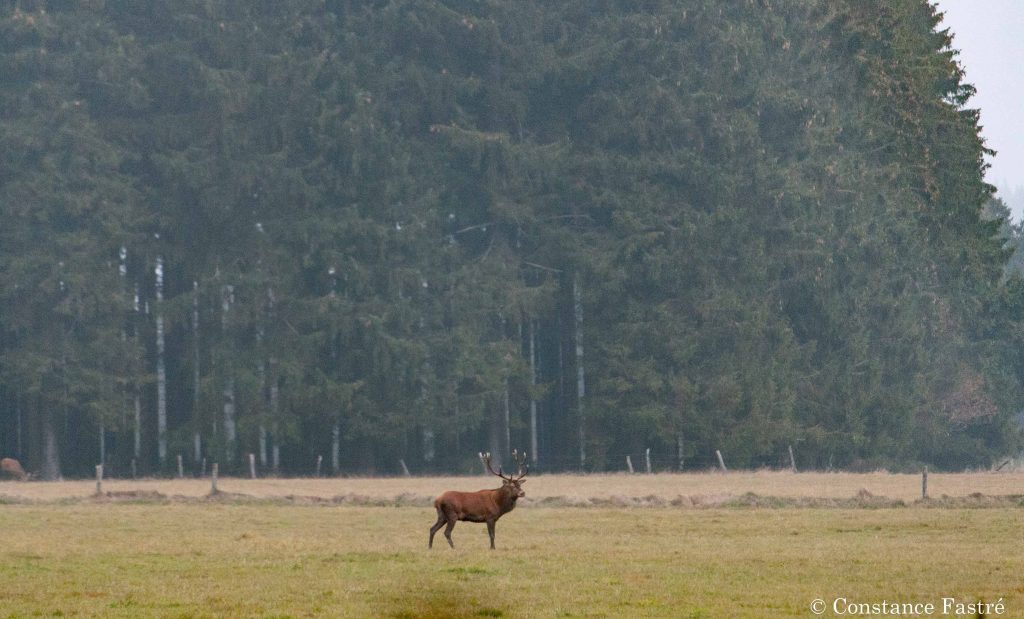In autumn (September to November), the forests in the south of Belgium are home to one of the most impressive and beautiful wildlife spectacles of our region: the deer rutting season. Every year at this period, triggered by shortening days, begins the breeding season or rut for the Red Deer (Cervus elaphus). The deer are most active at night: from late afternoon to early morning, dominant stags herd their females together, calling loudly to warn off any potential rival. Soon, bachelors surround the group of does, hoping to attract them with louder and deeper calls. When they get too close to each other, stags start fighting and the forests resonate with the sound of clashing antlers.
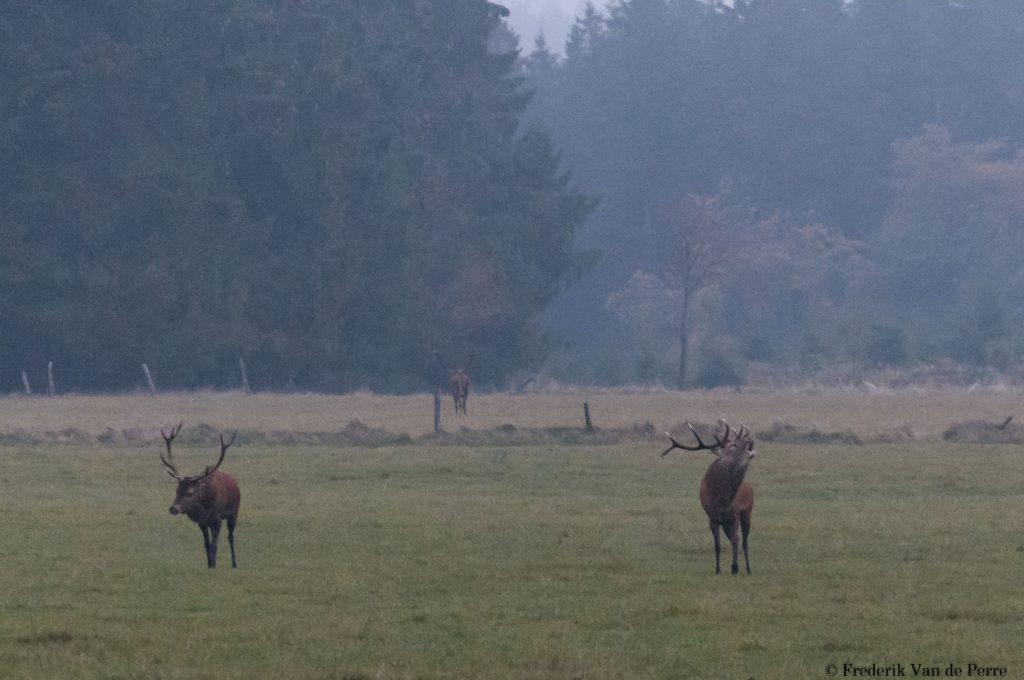
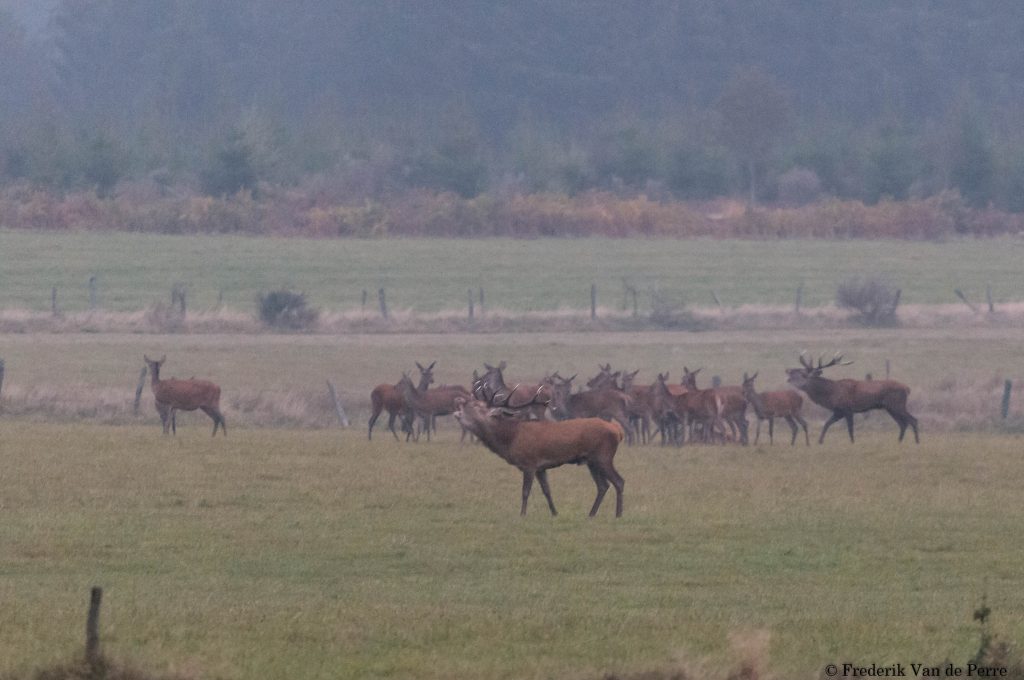
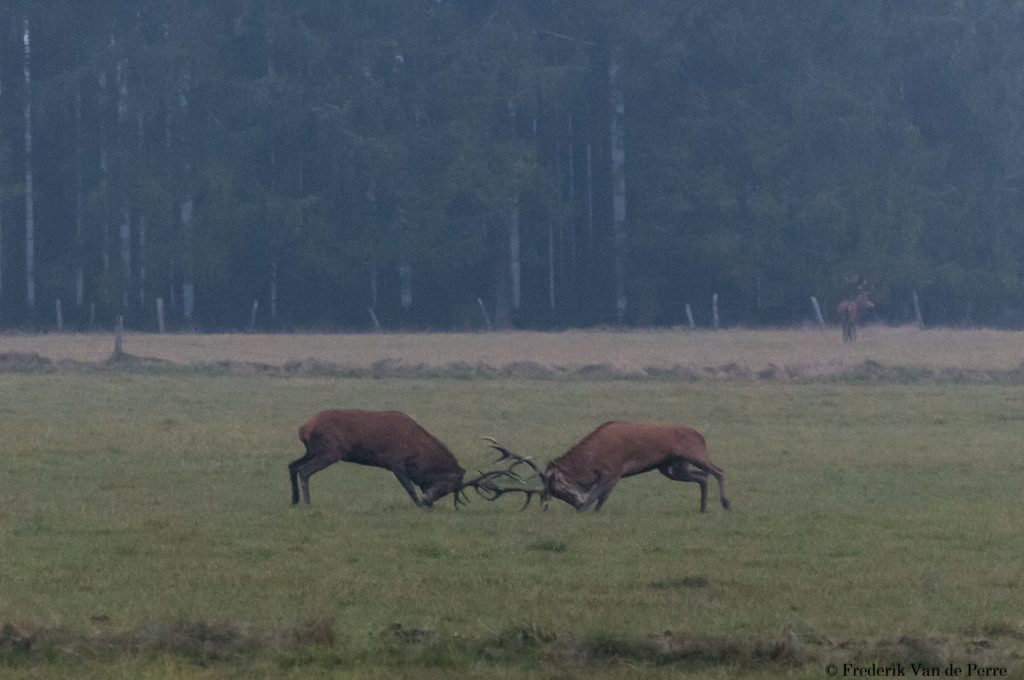
Eager to spend a weekend in the natural side of our little country, we headed for two days near the village of Vielsalm in the Luxembourg province. Our escapade had three main goals: watch and photograph rutting deers in the evening, observe any other wildlife to be seen and enjoy long walks in the beautiful countryside with our very eager dog.
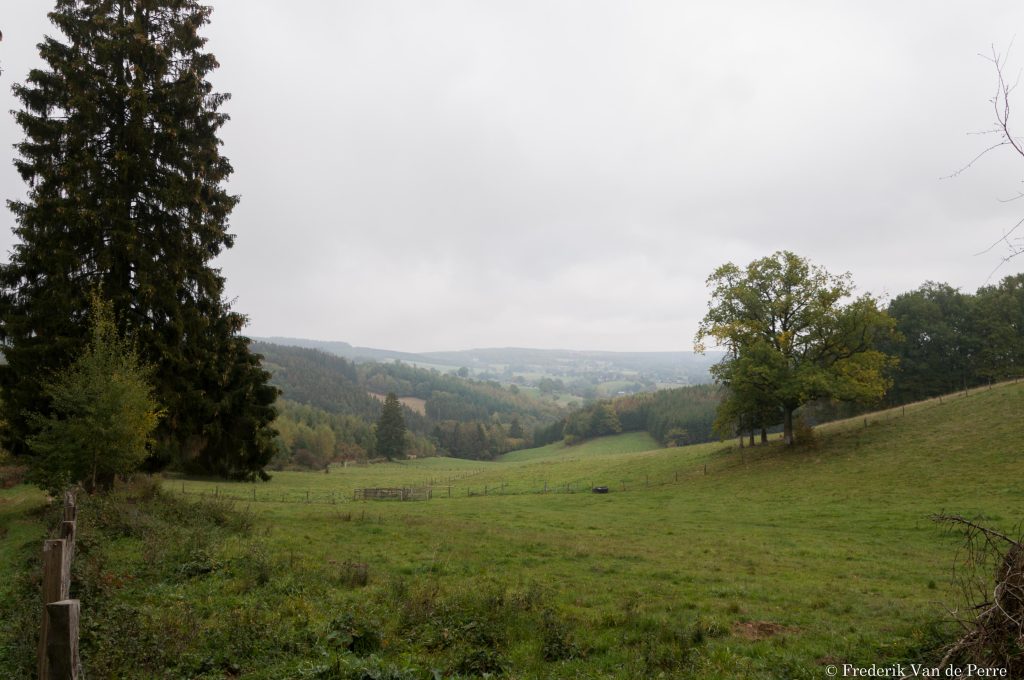
The best time to hear and see rutting deer is at dusk and at this time of the year, in Belgium, it means roughly between 5.00PM and 8.00PM. Deers are active all night, but taking pictures soon becomes difficult due to the early nightfall and the occasional haze. Two locations are famous for their guaranteed views of the deer: Stoumont (find ‘Gare de la Gleize’ and follow the road up) and Chabrehez. You can access the latter, and its hide, by following the ‘Route du Poteau de Chabrehez’ until you find the (often busy) parking area. While the Stoumont location offers great views over the entire valley, deer are closer at Chabrehez. Bring a telescope if you have one, but you should not go without binoculars. Although the spectacle offered by the stags could keep you busy all night, dusk is also the time when other mammals come out, so keep your eyes peeled and look around you! We saw Red Foxes, Wild Boars, Roe Deer and even a Wild Cat! Seeing a Wild Cat (Felis silvestris) turned out to be the other highlight of our stay: the species is rare and strictly protected in the south of Belgium where they occur.
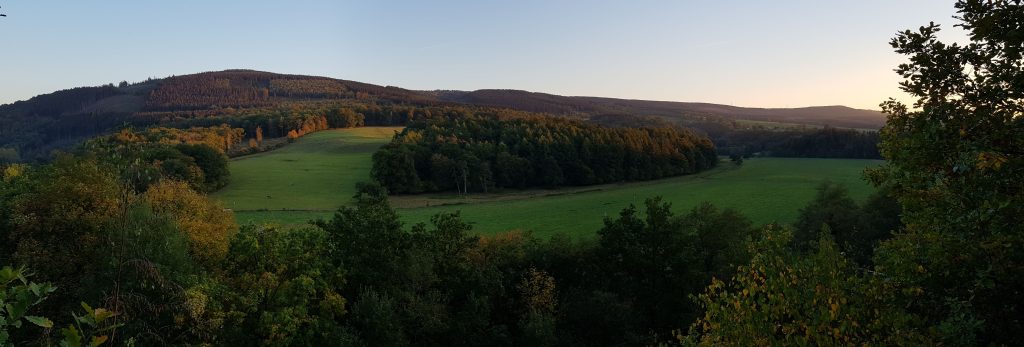
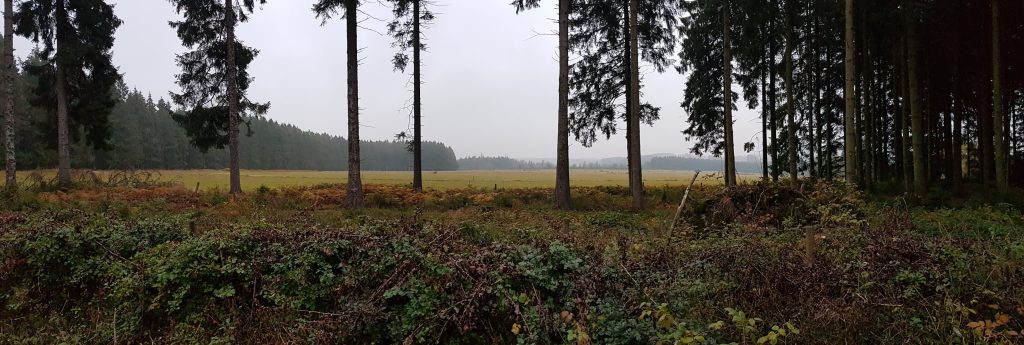
The nature reserve Prés de la Lienne seemed very promising for Beavers, with numerous clues indicating their presence. Inside the forests, summer flowers have been replaced by mushrooms: Yellow Stagshorn (Calocera viscosa), Fly Agaric (Amanita muscaria), Inky Caps (Coprinopsis sp.), etc.
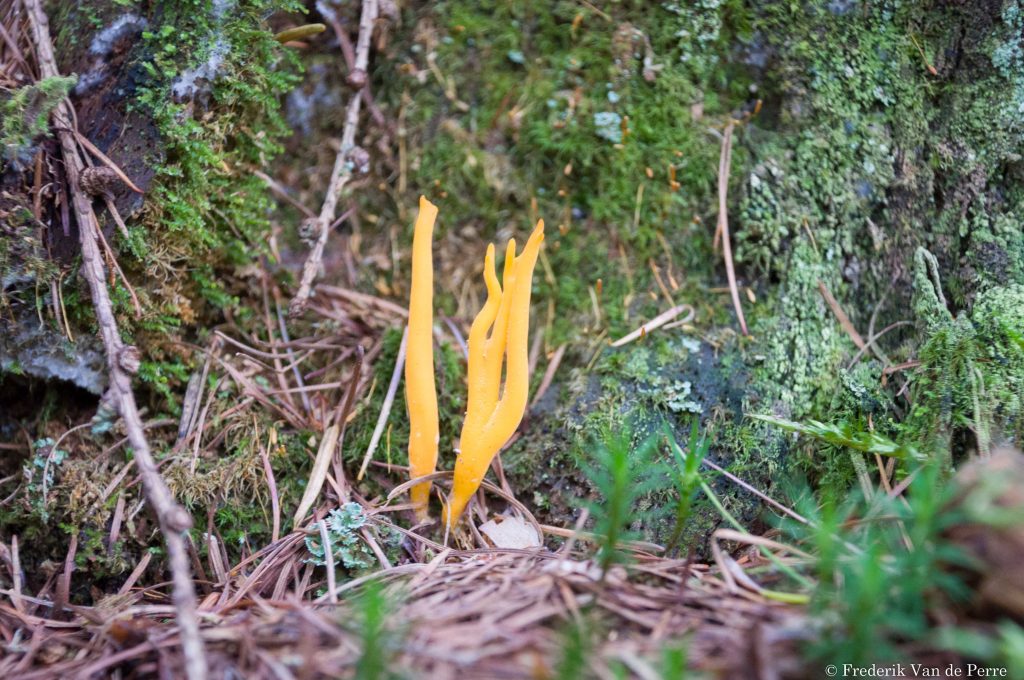
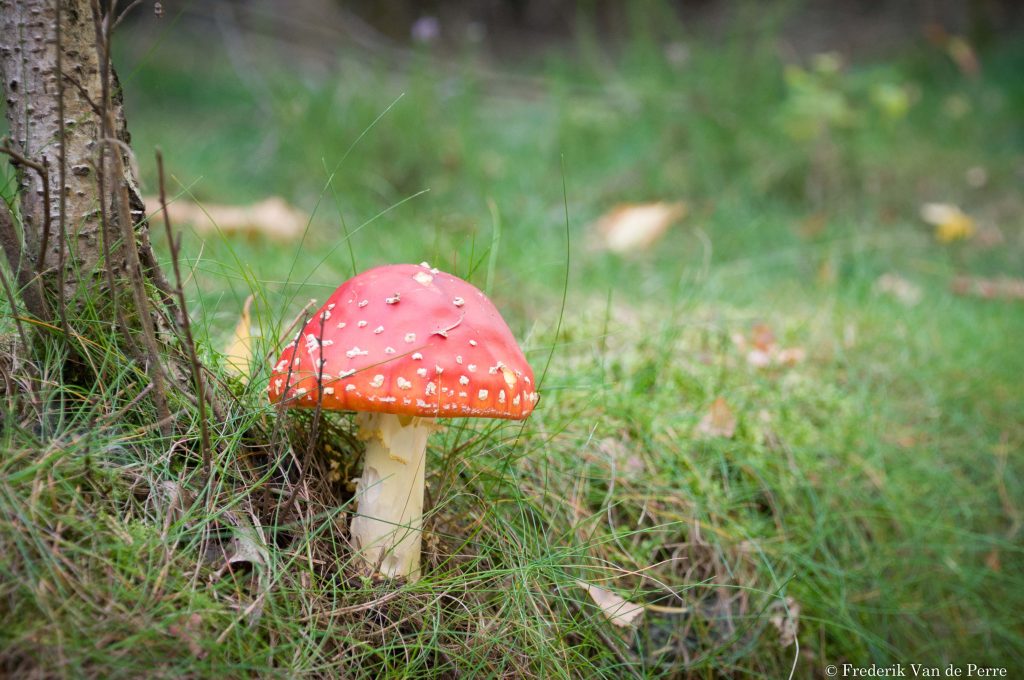
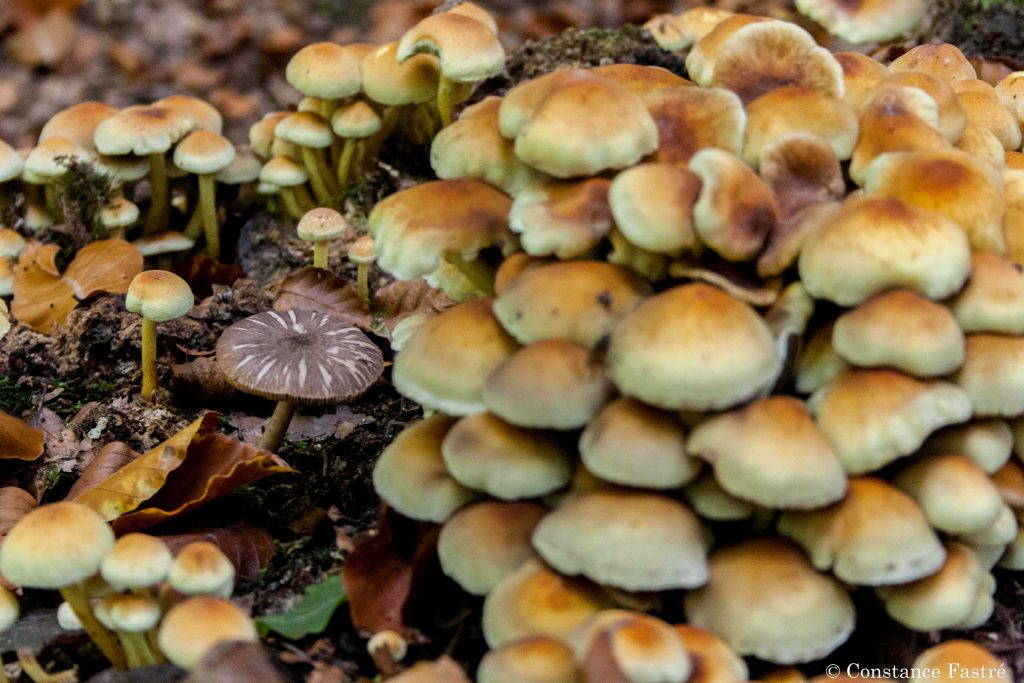
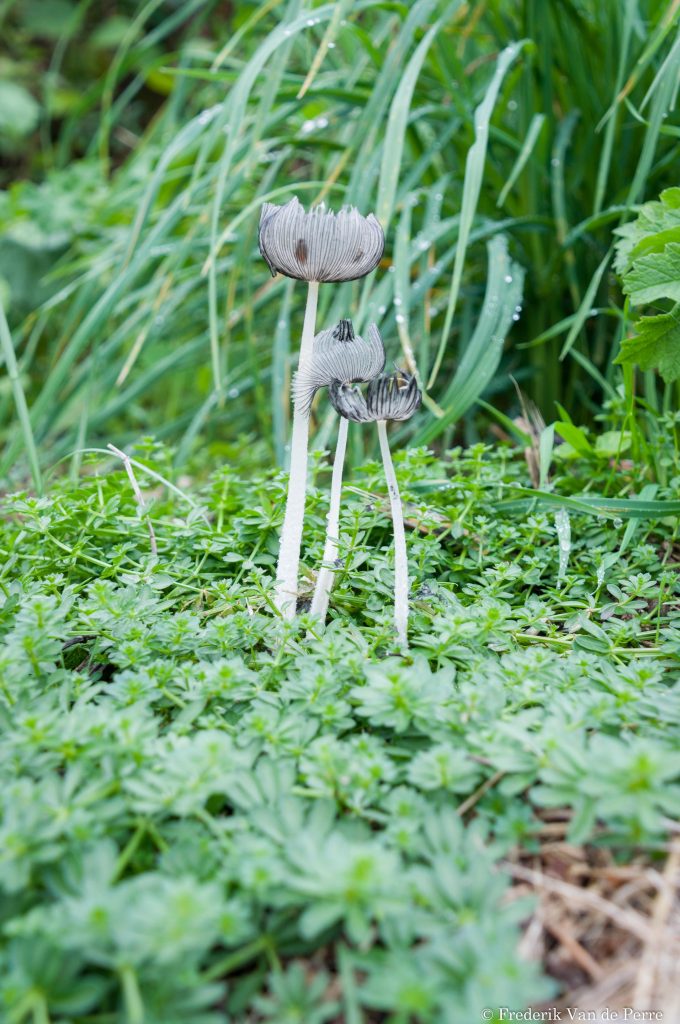
Although birdwatching opportunities are rather limited at this time of the year, you may spot Red Kites (Milvus milvus), Buzzards (Buteo buteo), Yellowhammers (Emberiza citrinella), Eurasian and Short-toed Treecreepers (Certhia familiaris and brachydactyla) as well as Nutcrackers (Nucifraga caryocatactes).
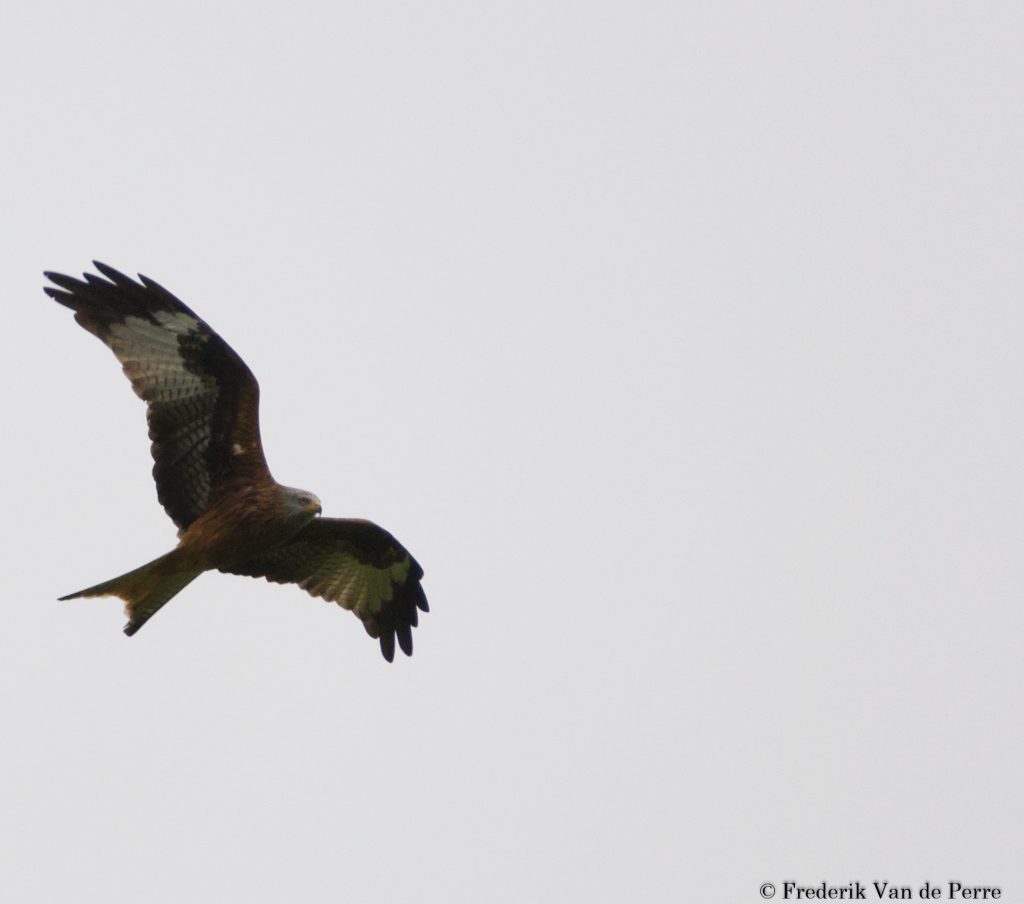
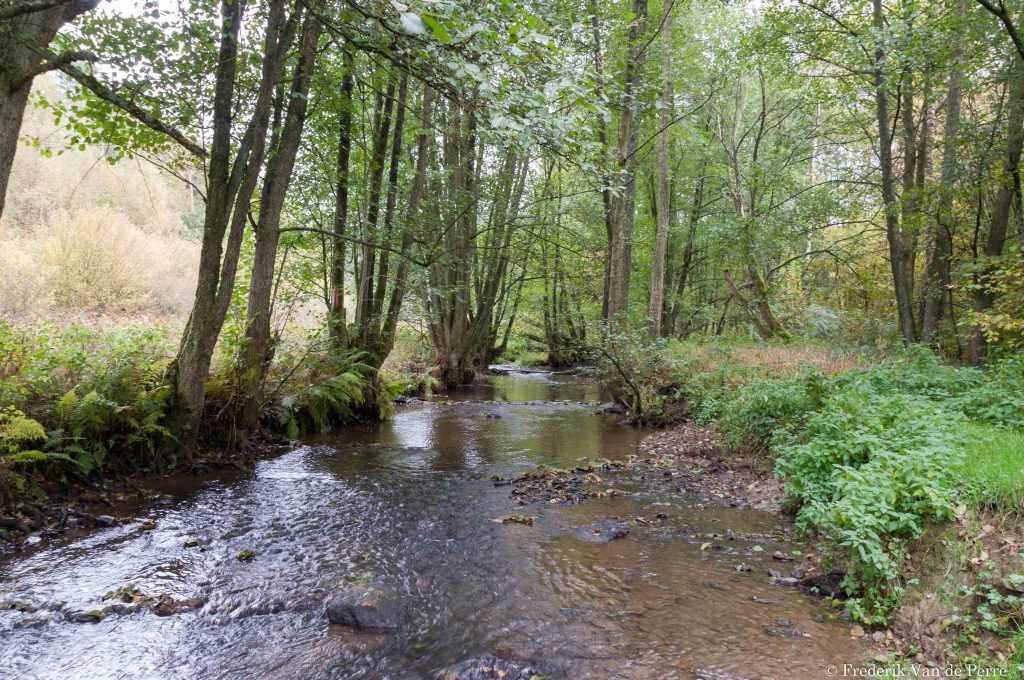
The Belgian Ardennes offer multiple opportunities for hiking, with numerous signposted walks of different lengths. Although the hikes are well indicated, you can only find them if you buy a map with the walks of each municipality (€7 in the local Tourist Information Center). Note however that autumn is deer hunting season and that many trails and areas were simply closed for the day. We recommend to visit the website or the offices of the Tourist Information Centers where lists of the impacted walks are available. Dogs are allowed on most walks, but we advise you to choose walks that avoid roads (do not hesitate to ask which ones are best at the information center).
